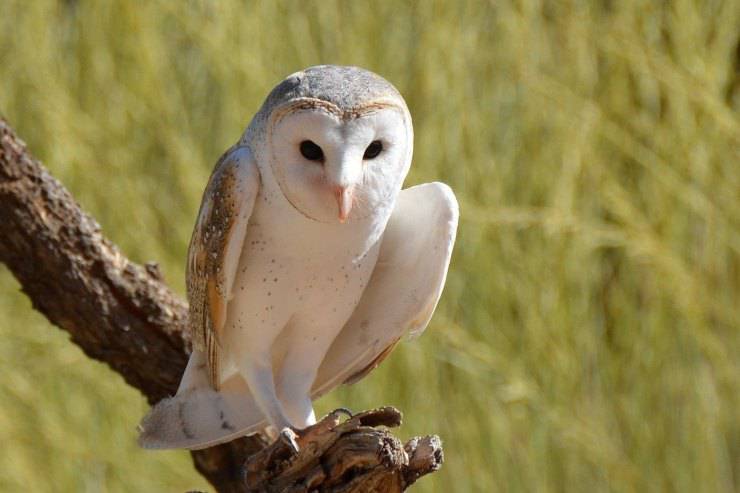

I was in second grade when we moved into that house on Jackie Street, and right from the beginning I felt un-easy. When we started school, we learned quickly that the people there were.superstitious to say the least.

We saw a cactus here and there, and the wildlife consisted mostly of jack rabbits, rattle snakes, and armadillos. There were hardly any trees, mostly just palm trees and shrubs. It was quite a culture shock moving from the piney woods of East Texas all the way to the flat, desert-like land of the RGV. I'm the youngest of three kids, and we all lived with our mom and step-dad in a great big red brick house. Again, the distinction is based on appearance and behavior and has no taxonomic basis.I grew up in South Texas, more widely known as The Rio Grande Valley. There are likely to be as many instances where the reverse is the case - for example, butterflies and moths in English, both of which are mariposa in Spanish. Txiri is right - it's pointless to claim superiority for one language because it uses two terms where another language uses one. I grew up in farm country knowing the appearance and calls of a number of common species of owls (barn owl, screech owl, snowy owl, etc.) but the generic name "owl" was also useful, just as "wolf" refers to timber wolves, gray wolves, and many other species of wolf (which do not include foxes!). According to the lechuza article at, the general pattern is to use búho for species that have tufts of feathers resembling ears and lechuza for species like barn owls that lack these "ears," such as barn owls. Both are members of the same family (Strigidae), and both may refer to multiple species depending on local usage. Looking at the Wikipedia articles on búho and lechuza, it appears that the two words don't correspond to taxonomic categories. Reviving this topic, five years later, since I didn't find a clear answer here.


Īhora voy a llevar a pasear a mi perro collie >) I think you can probably google the scientific names and find out if there is actually a distinction made in other languages between búho - lechuza The other approach would be to look up the etymologies. Se denomina así porque en vuelo se parece al gavilán. Tiene el plumaje de color pardo oscuro con manchas blancas en el dorso la parte ventral es blanca con líneas oscuras la cara es también blanca bordeada de negro. Lechuza gavilana (Surnia ulula) Cl.: aves. Tiene costumbres sedentarias y prefiere los sitios habitados. Caza, generalmente, de noche, sobre todo roedores. Las patas presentan plumas hasta los dedos. Posee un bello plumaje de color dorado claro con pequeñas manchas en la parte superior, la cara y la parte inferior del cuerpo son blancas. El plumaje es de color leonado claro con la parte inferior listada. Lechuza campestre ( Asio flammeus) Cl.: aves. En la actualidad (1980) su supervivencia está en peligro. Caza al amanecer y al atardecer se alimenta de roedores y grandes presas (liebres, aves. La parte superior del cuerpo es de color leonado con motas oscuras, la inferior es más clara los ojos son de color naranja. D.: región árctica.īúho real ( Bubo bubo) Cl.: aves. Su plumaje es completamente blanco con algunas manchas oscuras. D.: Europa, Asia central, norte de Africa y Norteamerica.īúho nival ( Nyctea scandica) Cl.: aves. La parte superior del cuerpo es de color ocre y pardo grisáceo, la inferior es ocre listada de oscuro. Dicho de una persona: Que estudia o hace las cosas con mucha atención o detenimiento.īúho chico ( Asio otus) Cl.: aves. Dicho de una cosa: Que se hace según ella. Dicho de una persona: Que es de estrecha y recta conciencia. "Conscientious" also has its noun, "conscientiousness" (ya empiezan a trabarme la lenga), and it would be the 3rd entry in the DRAE under:Ĭoncienzudo, da. Īs to "conscience", "consciousness" and their adjetives, if we really have one for the former, it would have to be "conscientious"- and I suspect it may have once meant "having a well-developed sense of a conscience", although nowadays I think it´s limited to "taking great care and detail with" an activity. I guess I never had a need to know the difference between them. thanks for pointing it out.īy the way, we do have barn owls in the US, and they live in trees as well as barns >) I've never heard of an eagle owl, and always supposed a "lechuza" was simply some smaller species of owl. I´ve never seen/read/noticed the "s" there! Imagine.


 0 kommentar(er)
0 kommentar(er)
